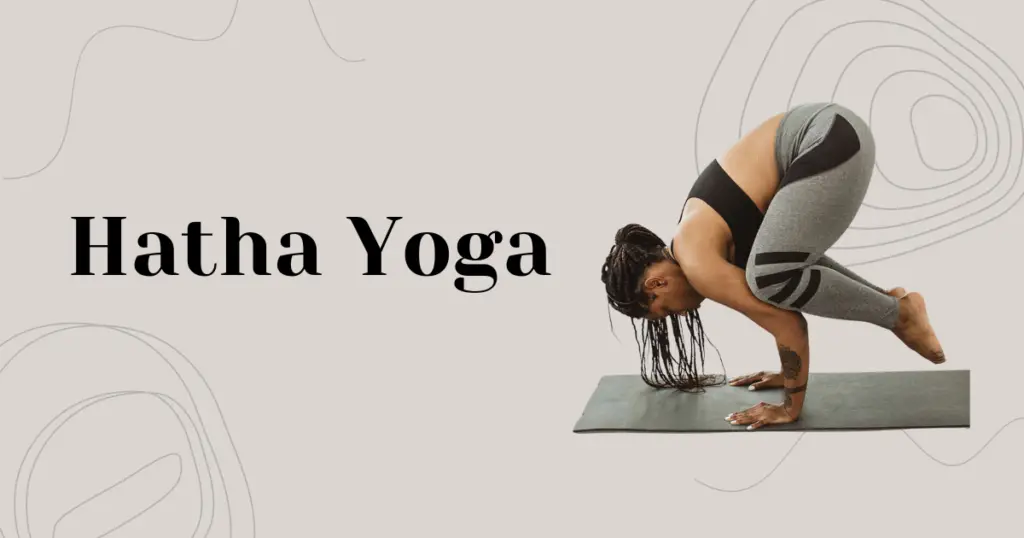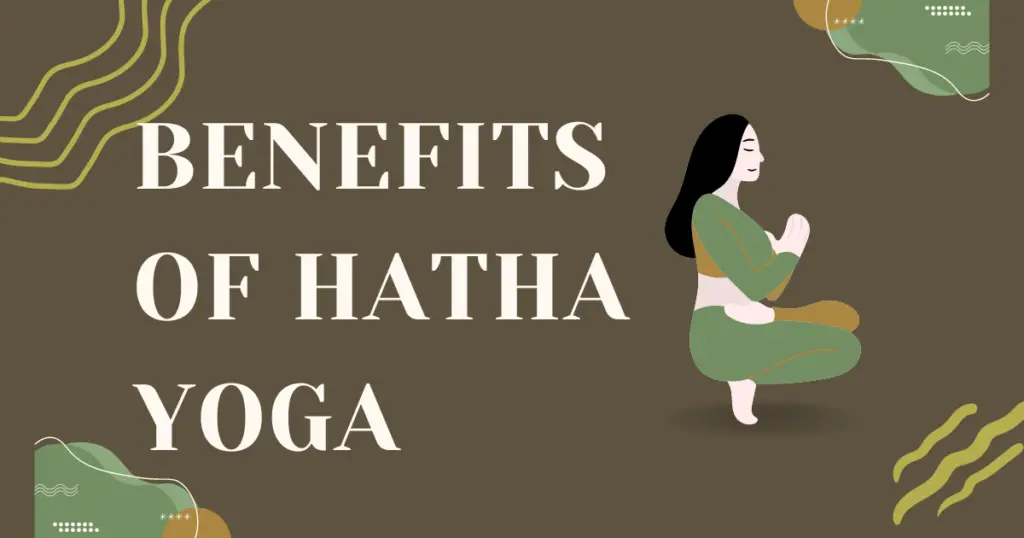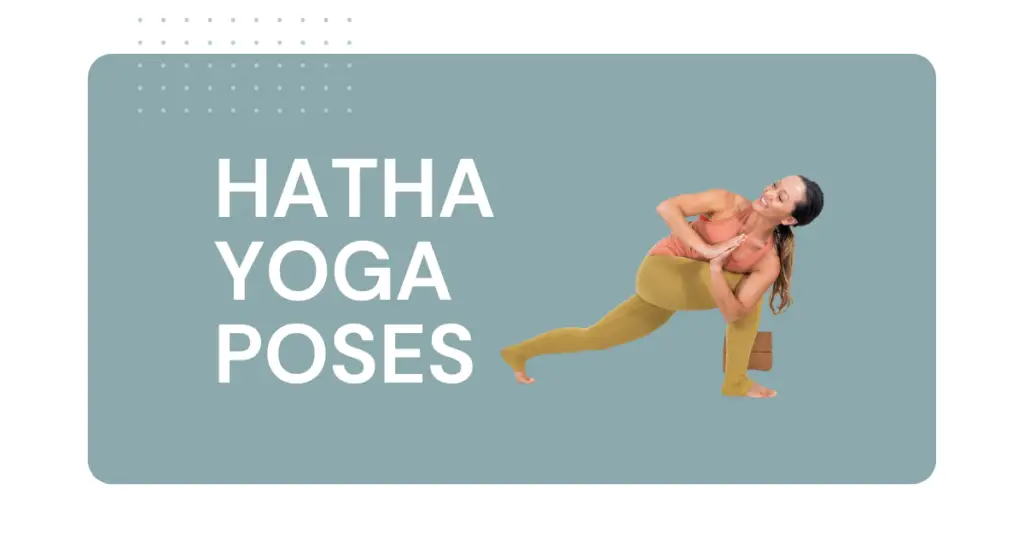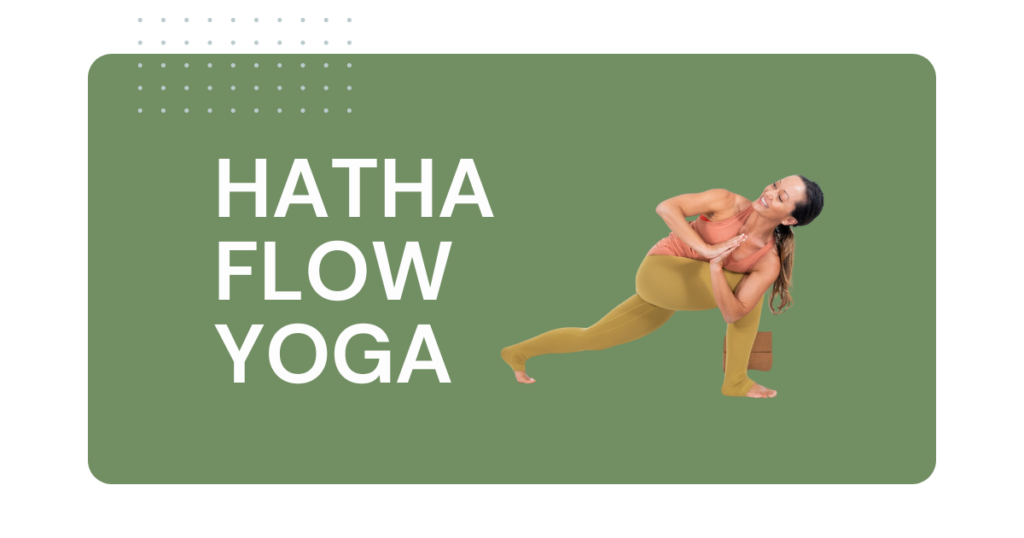
Introduction:
In the realm of ancient spiritual traditions, few paths hold as much mystique and allure as Tantra. This profound system, born in the sacred lands of medieval India, beckons those seeking radical transformation and a deeper connection to the divine essence pulsating within all of life. At its heart lies the revered practice of Tantric Hatha Yoga – a potent fusion of physical yoga and esoteric tantric philosophies that harnesses the body as a vehicle for enlightenment. “What is Tantric Hatha Yoga”
This comprehensive guide will unveil the ancient roots, core principles, holistic practices, and profound benefits of the Tantric Hatha Yoga tradition. But first, let us express reverence for the unbroken lineage that has preserved these sacred teachings across millennia.
Honoring the Tantric Lineage and Tradition
Like a radiant thread woven through the tapestry of time, the wisdom of Tantra and Hatha Yoga has been passed down from teacher to student, forming an unbroken chain of knowledge and deep realization. We owe immense gratitude to the guardians of this lineage – the enlightened gurus, sages, and modern-day teachers who have embodied these paths, shining as beacons of inspiration for all seekers.
At the heart of the Tantric worldview lies an expansive, all-embracing philosophy that transcends the rigid confines of duality. Rather than rejecting the world, Tantra embraces all aspects of life as sacred, using every experience as a catalyst for spiritual growth and the realization of one’s true, divine nature.
In this spirit of reverence, we embark on an exploration of the depths of Tantric Hatha Yoga, a practice steeped in tradition yet eternally relevant for those seeking profound inner transformation.
Table of Contents
Defining Tantric Hatha Yoga| What is Tantric Hatha Yoga?
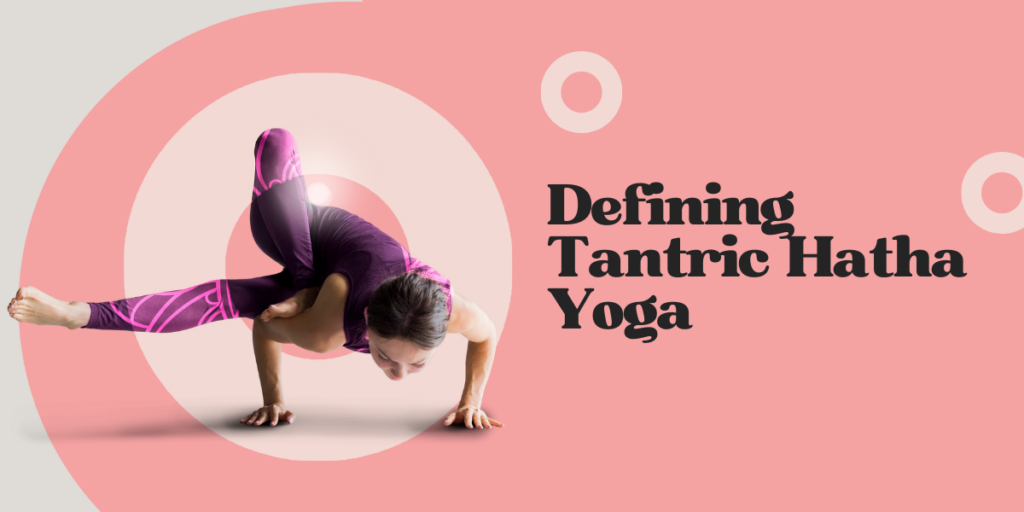
To grasp the essence of Tantric Hatha Yoga, we must understand the intertwining of two potent streams – the philosophies of Tantra and the physical practices of Hatha Yoga. Tantra, at its core, is a holistic system that explores every facet of human experience as a gateway to enlightenment. It reveres the union of Shiva (pure consciousness) and Shakti (dynamic life-force energy), seeking to integrate these complementary forces within one’s being.
Hatha Yoga, often viewed as a preparatory practice, acts as a powerful catalyst for this integration. Its methodical asanas (postures), pranayamas (breath control), and meditations purify the body and mind, igniting the inner flame known as Kundalini – the coiled serpent of primal energy lying dormant at the base of the spine.
By yoking these traditions, Tantric Hatha Yoga emerges as a transformative anvil, where the fires of yogic discipline and tantric philosophy forge a vessel capable of holding the most expansive states of awareness. The body itself becomes a sacred temple, a microcosm reflecting the divine dance of creation.
Core Methodology and Practice Tantric Hatha Yoga
The methodology of traditional Tantric Hatha Yoga is both precise and well-defined, honoring the sanctity of ancient lineages. Each aspect of the practice serves a specific function in catalyzing one’s spiritual unfolding.
The foundational practices include:
Yet Tantric Hatha is not a rigid, one-size-fits-all system. Its true power lies in the ability to adapt and prescribe specific practices tailored to each individual’s unique needs and goals on the path. As one embarks on this journey, it is essential to approach it with discernment, heeding the wisdom of experienced teachers to avoid potential pitfalls or unintended consequences.
The Esoteric Elements of Tantric Hatha
While the foundational practices of Tantric Hatha Yoga provide a sturdy framework, it is the esoteric elements that truly catalyze the alchemical process of transformation. Like finely crafted tools, each technique serves a specific purpose in awakening the dormant potentials within.
At the heart of this tradition lies the intricate study of chakras – the seven primary energy vortices that govern our physical, emotional, and spiritual well-being. Through specific practices, one learns to harmonize and activate these chakras, unblocking stagnant energies and aligning with the innate wisdom of the body.
The practice of pranayama takes on a profound significance, extending far beyond mere breath control. Ancient techniques like Rudrani Pranayama, with its intricate breath ratios and kumbhakas (breath retentions), are employed to modulate the subtle currents of prana, igniting the inner fire that purifies and transmutes consciousness.
Bandhas, or energetic locks, and mudras, the sacred hand gestures, act as potent switches, redirecting and concentrating prana within the body’s mystical inner circuitry. Combined with the vibrational power of mantras – sacred sound formulas that reverberate through every cell – these practices become powerful alchemical tools for personal evolution.
For the intrepid seeker, Tantric Hatha also offers a gateway into the advanced realms of tantric kriyas – systematic practices involving complex breath work, visualizations, and physical mutations. While not for the faint of heart, these esoteric arts hold the potential for radical shifts in perception and being.
The Energy Anatomy Underlying the Practice Hatha Yoga
Underpinning the practices of Tantric Hatha Yoga is a profound understanding of the human energy anatomy – a vast network of channels, currents, and vortices that intimately interweave the physical and metaphysical aspects of our existence.
At the core of this intricate system lie the two primordial channels – ida and pingala – often equated with the mental and pranic forces respectively. Like the waxing and waning cycles of the moon and sun, these channels govern the ebb and flow of our mental and physical ecosystems.
It is through the assiduous practice of asanas, pranayamas, and meditation that one begins to purify and harmonize these channels, gradually unveiling the central pathway – the revered sushumna nadi – through which the awakened Kundalini serpent may rise.
As prana, the very source of vitality is refined and mastered, its dimensional aspects are unveiled, allowing the practitioner to harness these sublime forces for healing, rejuvenation, and the lofty goal of illuminating consciousness itself.
Spiritual and Physical Benefits Tantric Hatha Yoga

The profound rewards of diligent practice on the Tantric Hatha path are as vast as the cosmos itself. As one embarks on this transformative journey, a tapestry of spiritual and physical benefits begins to unfurl.
On the spiritual plane, the state of being blossoms into an oasis of presence, intuition, and bliss. The turbulent waves of the mind gradually subside, revealing the crystalline stillness of pure awareness. A sense of interconnectedness with all life permeates one’s existence, cultivating reverence and radical acceptance.
For many, this path serves as a potent catalyst for shadow work – the courageous process of integrating the disowned aspects of the self. As light is shed upon the inner landscape, one develops a deeper sense of wholeness and psychological integration.
Physically, the body becomes a vibrant vessel, imbued with newfound vitality, strength, and flexibility. The optimized flow of prana enhances the body’s natural healing capacities, restoring balance and harmonizing the intricate dance of physiological processes.
In the realm of relationships and sexuality, Tantric Hatha offers profound wisdom. By transmuting the creative life-force, one can navigate the heights of ecstatic union while avoiding the pitfalls of base indulgence. Intimacy takes on a sacred dimension, becoming a sacrament of divine love.
However, it is essential to approach this path with profound respect and commitment. The forces one is working with are powerful, and the journey can be arduous at times. Yet for those who persevere with dedication and graciousness, the rewards are nothing short of a complete metamorphosis – a rebirth into higher states of consciousness and radiant being.
Beginning Your Tantric Hatha Journey
For the sincere seeker, the path of Tantric Hatha Yoga beckons with its promise of profound transformation. Yet, initiating this journey requires careful discernment and a reverent approach.
Seeking guidance from an authentic, ethical teacher is paramount. Look for instructors who embody the principles of Yoga and Tantra, radiating wisdom, humility, and the qualities you wish to cultivate. Inquire about their credentials, lineage, and approach to ensure alignment with your personal values and goals.
As a beginner, it is advisable to start with the foundational practices, allowing the body and mind to acclimate gradually. The shatkarmas, or yogic cleansing techniques, can be invaluable in preparing the physical and energetic vessels for the work ahead.
Pranayama, the science of breath control, often serves as a gateway into the deeper realms of this tradition. Practices like Nadi Shodhana (alternate nostril breathing) and Kapalabhati (skull-shining breath) can ignite the inner fire and cultivate single-pointed awareness.
Remember, Tantric Hatha Yoga is not merely a set of techniques – it is a radical path of love, acceptance, and integration. Embrace this holistic approach, allowing the practices to permeate every aspect of your life, catalyzing growth on all levels of your being. ||The Best Yin Yoga Poses for Beginners||
The Path of Tantric Hatha Yoga

While the practices and benefits of Tantric Hatha Yoga are indeed profound, it is the very essence of this path that renders it truly transformative. At its core, this tradition is a daring invitation to embrace the totality of life – to reject nothing, suppress nothing, but to alchemize every experience into fuel for one’s spiritual evolution.
The philosophies of Tantra beckon us to shed the shackles of dualistic thinking, transcending the illusion that spirit and matter, light and shadow, are separate domains. Instead, we are called to honor the inherent divinity pulsating through all of creation, perceiving the underlying unity amidst the dazzling multiplicity of forms.
It is this radical acceptance that allows the practices of Tantric Hatha to take root and bear fruit. By working skillfully with the elements of our humanity – the body, breath, senses, and psyche – we forge a vessel capable of withstanding the intense fires of transformation.
The body itself becomes a sacred altar, each asana a ritual of devotion, every breath a prayer of reverence. The chakras, those whirling vortices of energy, are tended to with the utmost care, like tilling the soil for the blossoming of higher consciousness.
And it is through the esoteric arts of mudra, mantra, and kriya that we wield the quintessential tools of alchemy – shaping, directing, and transmuting the very substance of our being.
Yet, this path is not one of mere self-indulgence or solipsistic pursuits. The true fruit of Tantric Hatha Yoga is a profound expansion of awareness, a radical shift in perception that shatters the illusory boundaries between self and other, spirit and flesh.
As the veils of separateness dissolve, one comes to embody the essence of Yoga – the sacred union of the individual self (Atman) with the universal Self (Brahman). In this exalted state, every breath, every movement, every thought becomes an offering, a sacred dance of consciousness and creative force, weaving the tapestry of an enlightened life.
Conclusion:
The journey of Tantric Hatha Yoga is one of untold depths and boundless potential. It is a path that beckons the sincere seeker to dive into the vast ocean of being, to surrender to the currents of transformation while wielding the ancient tools of alchemy.
Within this profound tradition, one discovers that the very substance of our human existence – the body, breath, senses, and psyche – is not a cage to escape, but a sacred vessel to be revered and mastered. By yoking the mystical wisdom of Tantra with the powerful practices of Hatha Yoga, we forge a way to integrate every aspect of our being, aligning with the primordial dance of Shiva and Shakti.
Yet, this path is not for the faint of heart or the casual wanderer. It demands an unwavering commitment, a willingness to confront one’s shadows, and a deep reverence for the lineages that have preserved this wisdom across the ages.
For those who heed the call, the rewards are nothing short of a complete transformation – a rekindling of the inner fire that incinerates all limitations, revealing the radiant essence that dwells within. It is a path of love, acceptance, and profound realization, where every breath, every movement, and every thought becomes an invocation of the divine.
As you venture forth on this sacred journey, may you carry the torch of wisdom with humility and grace, allowing the practices of Tantric Hatha Yoga to guide you toward the ultimate union – the merging of your individual self with the vast, pulsating heart of the cosmos. “What is Tantric Hatha Yoga?” END|| “The 10 Best hot yoga mats for Sweaty Hot Yoga Classes”
Namasté.
Frequently asked question (FAQ)

What is the difference between Tantra and Hatha Yoga?
Hatha Yoga and Tantra are interrelated but distinct traditions. Hatha Yoga is a system of physical practices (asanas, pranayamas, etc.) that prepares the body and mind for deeper spiritual pursuits. Tantra is a philosophical tradition focused on embracing all aspects of life as a means for enlightenment.
Tantric Hatha Yoga integrates the two paths, using the embodied practices of Hatha as a portal into the expansive tantric teachings on consciousness, energy, and divine union.
What is the goal of tantric yoga?
The ultimate goal of tantric yoga is to awaken kundalini shakti – the primordial spiritual energy lying dormant within. By purifying the body and energy channels through yoga, one aims to raise this force up the spine, piercing each chakra to experience progressively higher states of consciousness.
The realization of one’s divine, non-dual nature is considered the pinnacle – the sacred union of Shiva (consciousness) and Shakti (creative force).
What happens in a Tantra yoga class?
A Tantric Hatha Yoga class combines traditional yoga poses (asanas), breathwork (pranayama), meditation, and mantra recitation, and may also include kriya practices like mudras and bandhas. The focus is on channeling pranic life force through specific techniques.
Classes often incorporate esoteric elements like chakra work, visualization, philosophy teachings, and sometimes even rituals drawing from the Tantric tradition. The approach is typically more esoteric and spiritually oriented than a standard yoga class.
What does Hatha mean in yoga?
The word “Hatha” is derived from the Sanskrit terms “ha” meaning sun and “tha” meaning moon. In yoga, Hatha refers to the yoking or integration of the two vital energies – the solar (ha) and lunar (tha) currents or nadis within the body.
Hatha Yoga aims to balance and harmonize these fundamental forces through physical practices, breathwork, and meditation to enable higher states of awareness and well-being. It provides a foundation for more esoteric tantric pursuits.
